
Let’s Learn More About the Pesticide Eye Irritation Test Using the Isolated Chicken Eye (ICE) Method!
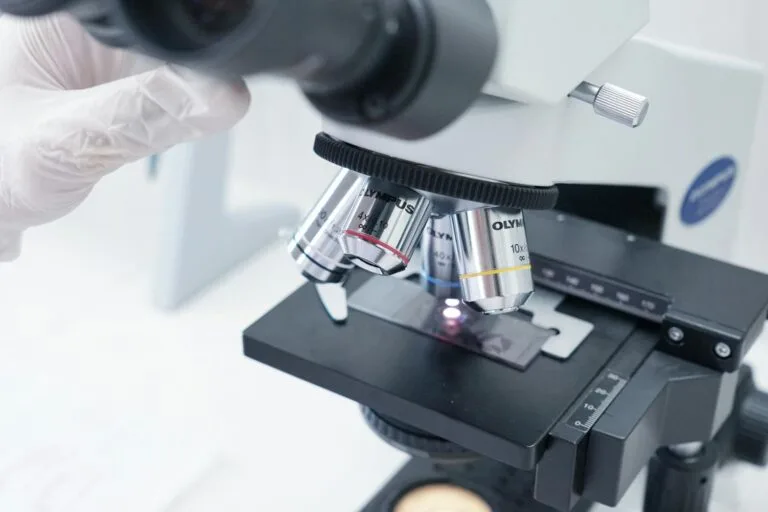
Let's Learn More About the Pesticide Eye Irritation Test Using the Isolated Chicken Eye (ICE) Method!

Let's Learn More About the Pesticide Eye Irritation Test Using the Isolated Chicken Eye (ICE) Method!
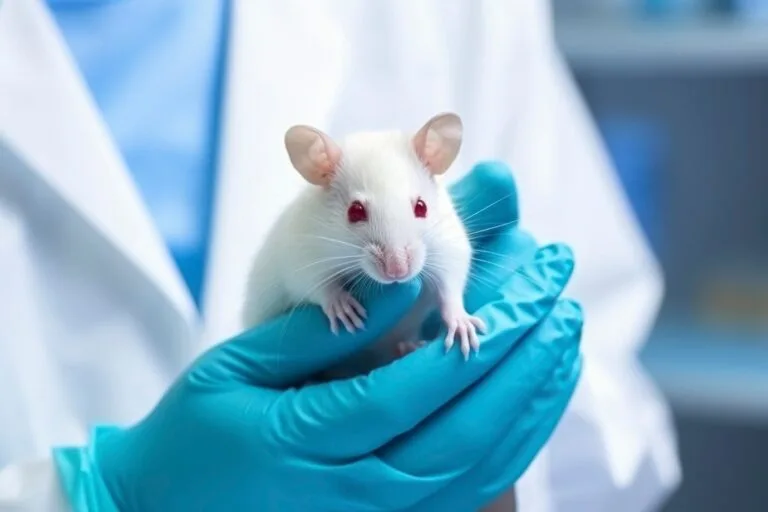
Innovation in in vivo pesticide toxicity testing! Learn about reducing the use of vertebrate animals, alternative methods like the FET test, and the micronucleus test for product safety.

Pesticides have become an essential part of modern agricultural systems due to their ability to control pests and plant diseases, thereby increasing crop yields and improving product quality. However, alongside their benefits, pesticide use also raises concerns regarding their negative…

Pesticide toxicity testing without animals? In silico is the solution! Cheaper, faster, without animals. Read more here!

Insecticide resistance? Fast & accurate detection with qPCR! Check out how, advantages, disadvantages of qPCR lab tests here!

Beware of herbicide side effects! Non-target organisms can be contaminated. So how dangerous are herbicides for non-target organisms? Find the answer here!
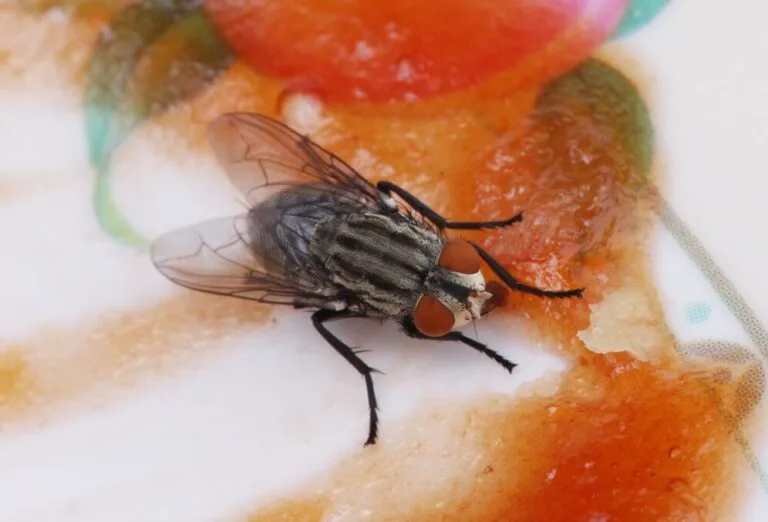
Effective Methods for Controlling Fly Pest Fly Bait Formulation The Impotance of Fly Bait Efficay Testing Flies are insects that are often considered pests because of their role in spreading various diseases. Although they have ecological functions such as helping…
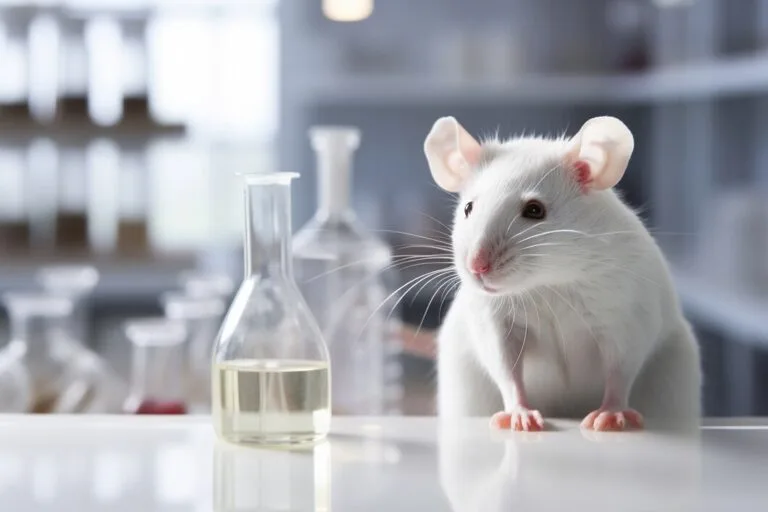
Rodenticides are pesticides specifically designed to kill rodents, such as rats, which are considered pests. Rodenticides are highly toxic, even to non-target organisms. Based on literature published between 1998 and 2015, many non-target animals were found to have accumulated rodenticide…
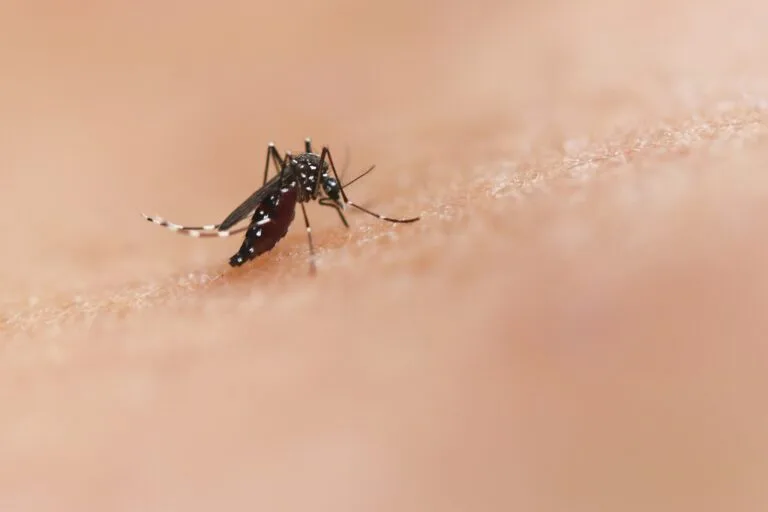
Mosquitoes have long been one of the world’s deadliest insects due to their role as vectors for diseases such as dengue fever, malaria, and Zika. Mosquito control efforts are a priority in protecting public health, especially in tropical areas. One…

How Does Insecticide Resistance Occur? Insecticide resistance in mosquitoes has become a major challenge in vector control for diseases such as malaria, dengue, filariasis, and chikungunya. This resistance develops as an adaptive response to the selective pressure caused by the…
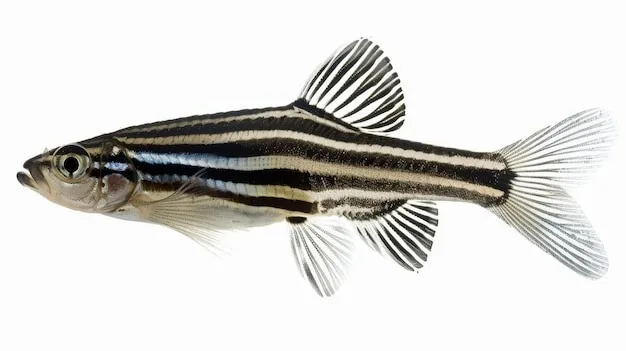
The use of herbicides in agricultural practices has increased significantly in recent decades. Herbicides are used to control weeds that interfere with crop growth, but their impact on the environment, animals, and humans is still a concern. One major concern…

The extensive use of chemical pesticides since the introduction of DDT in the 1940s has had a significant impact on agriculture and public health. DDT and other synthetic insecticides have proven effective in protecting crops from pests and controlling human…
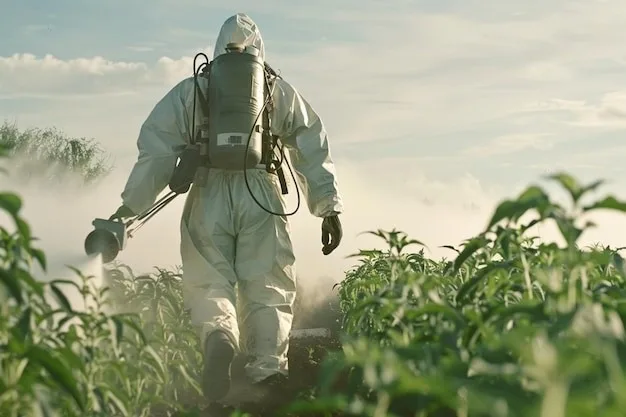
The use of pesticides in modern agricultural systems has become one of the strategies employed to control pests that can damage crops. However, continuous pesticide use has led to negative effects on non-target organisms, including pollinating insects, soil microorganisms, and…

Pesticides are chemical substances used to control and kill pests that disrupt human daily activities. These pests can include insects, mammals, nematodes, weeds, and microorganisms such as bacteria, viruses, and fungi. Currently, pesticides have proven to be highly beneficial in…
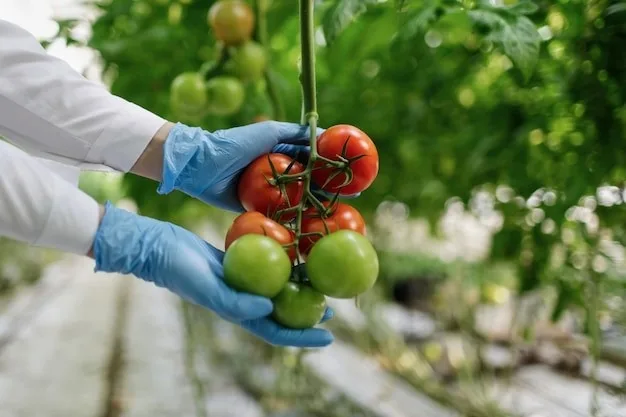
In our daily activities, we are never entirely free from exposure to chemicals, including pesticides. Although we may not always be aware of it, pesticides can be present in various places, from the food we consume to the air and…
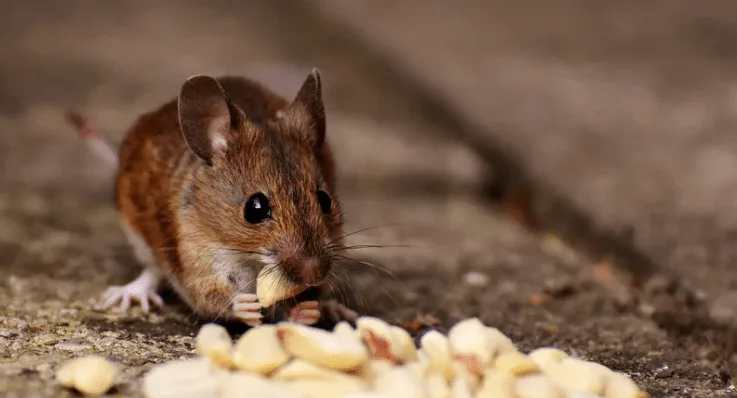
Rodenticides are a type of pesticide specifically designed to kill and repel rodents such as rats, mice, squirrels, guinea pigs, and other similar pests that typically invade agricultural areas, livestock farms, residential areas, urban lands, food storage warehouses, transportation, and…
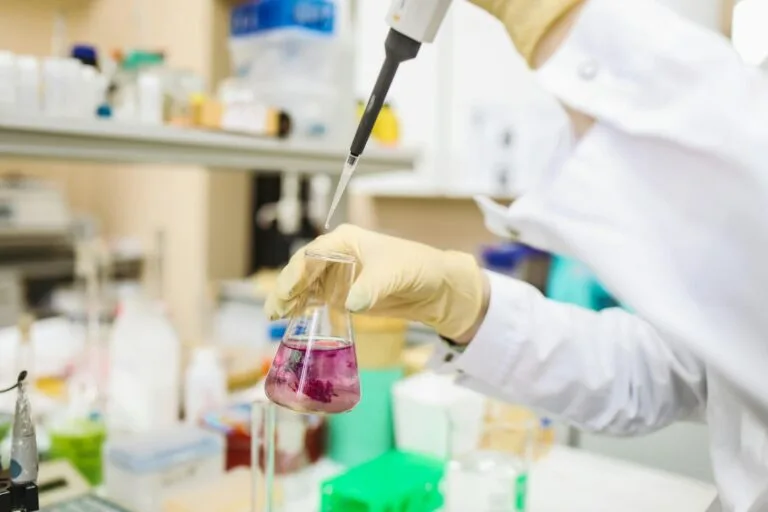
Pesticides play an important role in agriculture because they can reduce the loss of agricultural products due to interfering pests, thereby improving the yield and quality of production. However, the use of pesticides can lead to acute and chronic toxic…
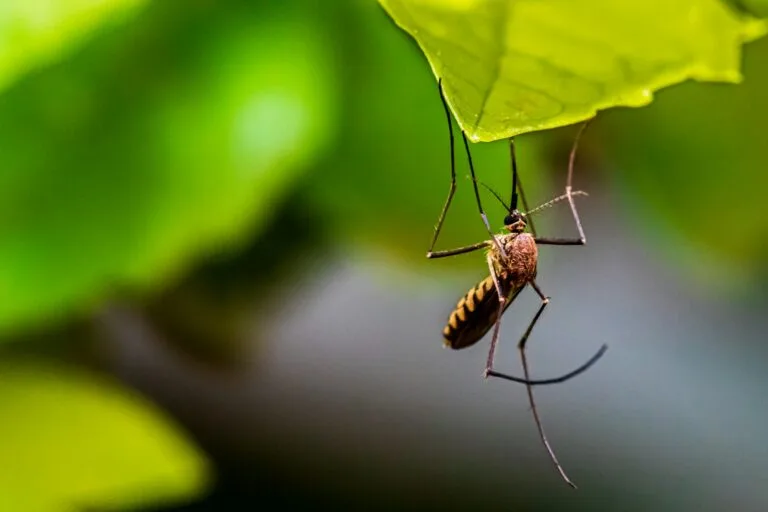
Pendahuluan Pertumbuhan dan perkembangan larva nyamuk mempunyai implikasi penting terhadap penularan penyakit. Komponen abiotik dan biotik lingkungan larva mempengaruhi kecepatan perkembangan, ukuran dewasa, dan kemungkinan kelangsungan hidup hingga dewasa. Selain itu, faktor larva ini membantu menentukan karakteristik larva dewasa, termasuk…
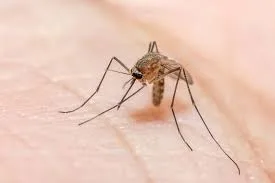
Sebagian besar penelitian sebelumnya berfokus terutama pada ekologi oviposisi dari habitat larva dan kelimpahan spesies Aedes di berbagai wilayah perkotaan. Namun, aktivitas menggigit, fekunditas dan kelangsungan hidup individu Aedes albopictus betina tidak diketahui sebagai respons terhadap tingkat urbanisasi. Untuk mengetahui bagaimana perubahan…